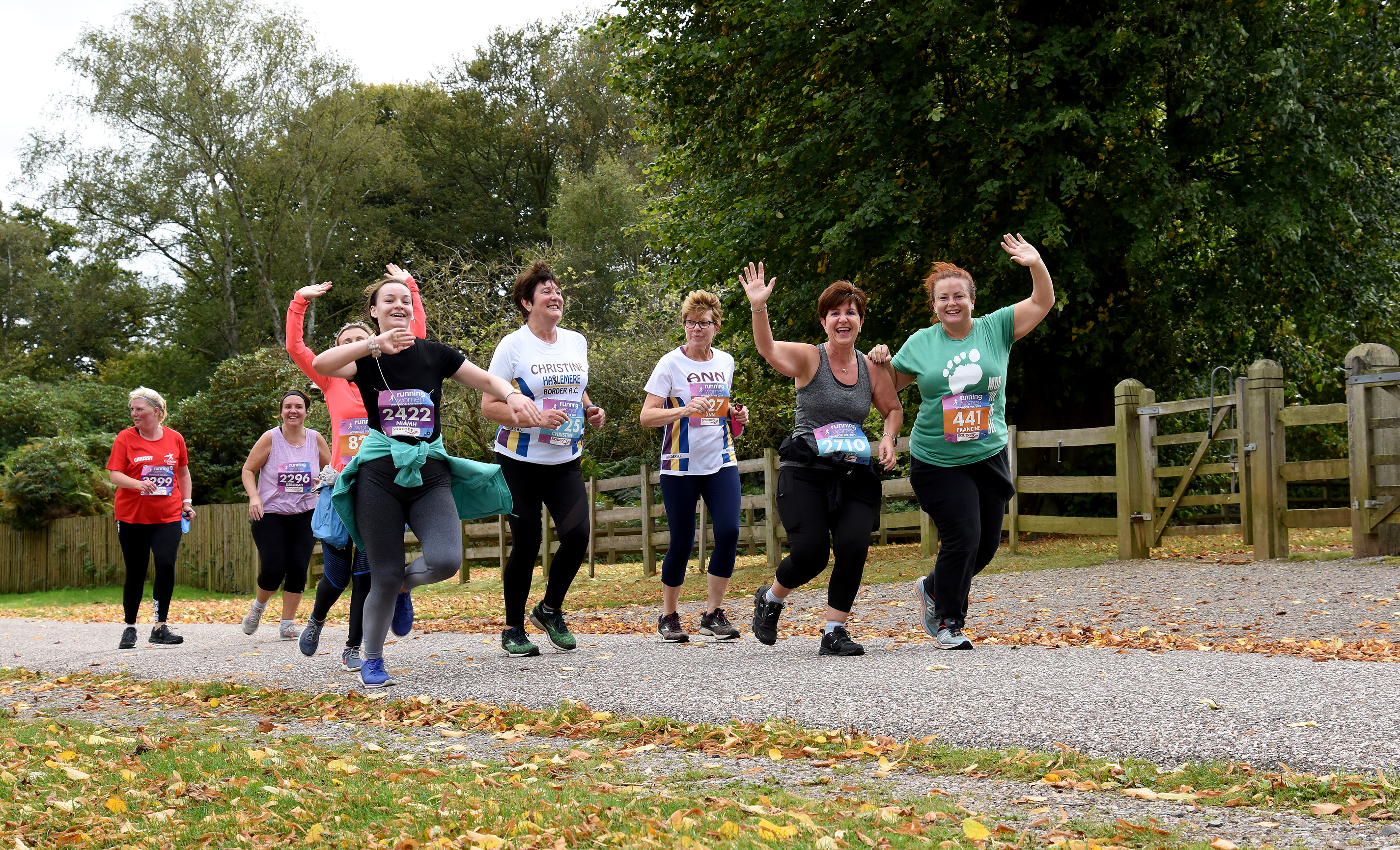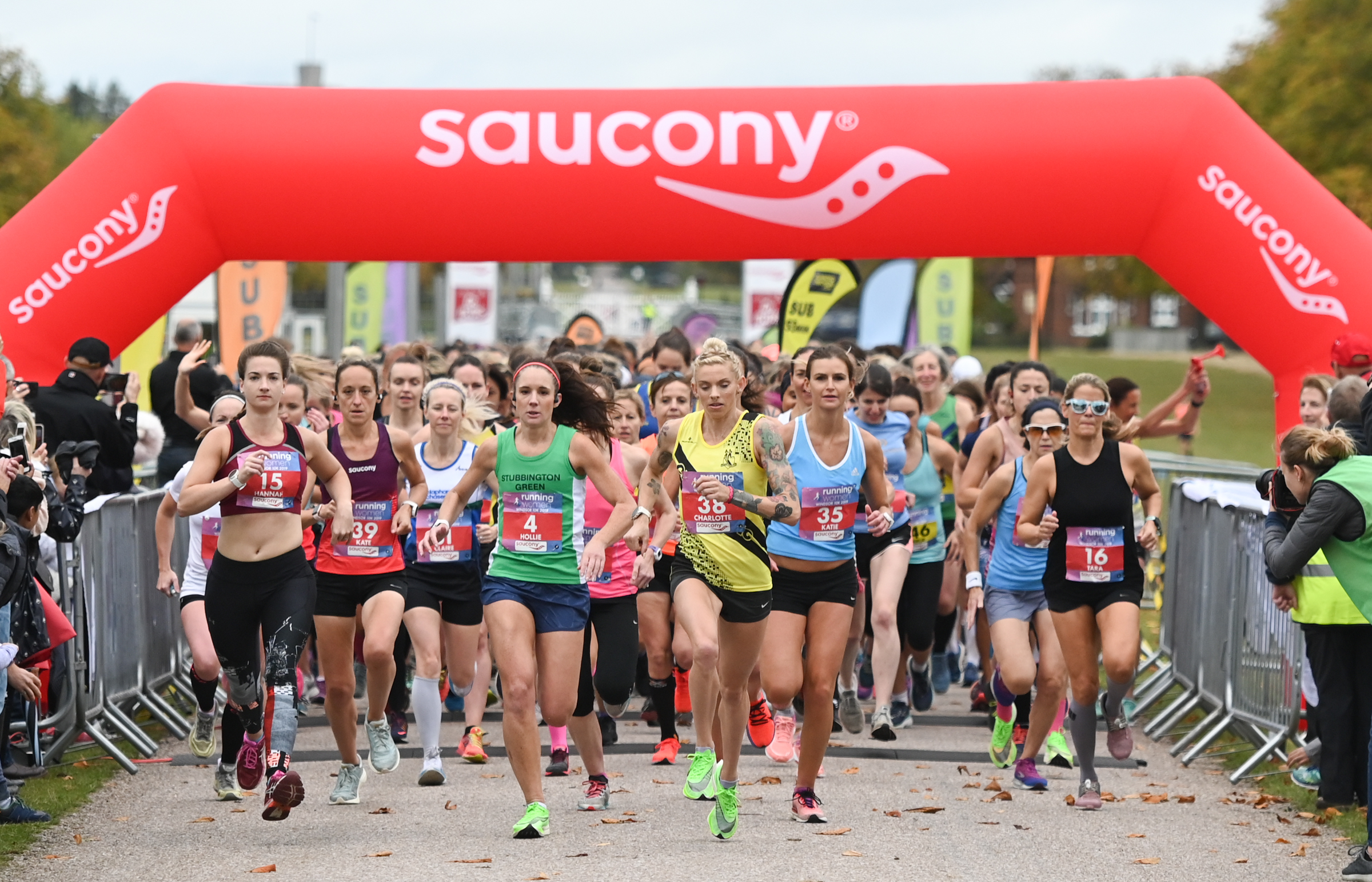How to Improve Your 10K Time: Training, Nutrition, and Lifestyle Strategies. Part 1
Introduction: Improving Your 10K Time:
Improving your 10K time is not only a great personal achievement but also a way to enhance your overall fitness levels. Running a faster 10K requires dedicated training, proper nutrition, and a mindset focused on progress and improvement. In this article, we will explore effective strategies to help you enhance your 10K performance. Consistency and motivation will be key throughout your journey to achieve your best 10K time.
Running a 10K comes with a range of benefits. Firstly, it increases your cardiovascular fitness, which can lead to a healthier heart and improved overall health. Secondly, it helps build endurance, which can be applied to other areas of life, such as hiking or cycling. Additionally, running a faster 10K can be a great personal achievement and boost your self-confidence. Whether you are a seasoned runner or just starting out, improving your 10K time is a tangible goal that can be achieved with the right training and strategies.
To improve your 10K time through training and nutrition, it is important to incorporate a well-rounded training plan and a balanced diet into your routine. By following these strategies, you can enhance your performance and achieve your desired 10K time.
Training Strategies for a Faster 10K:
To run a faster 10K, it’s important to incorporate various types of runs into your training plan. Tempo runs, race pace runs, and interval training are all beneficial for improving your speed and endurance [1]. Tempo runs involve running at a comfortably hard pace, just below your lactate threshold. This type of training helps improve your body’s ability to clear lactic acid and maintain a faster pace for longer periods of time. Race pace runs are runs at your target 10K pace. These runs help you get accustomed to running at your desired pace and build confidence in sustaining that pace during the race. Interval training involves short bursts of high-intensity running followed by recovery periods. This type of training helps improve your speed and anaerobic capacity.
It’s crucial to start gradually and avoid adding too many elements at once to prevent injuries and allow your body to adapt. Incorporating too much speed or mileage too quickly can lead to overuse injuries such as shin splints or runner’s knee. By gradually increasing the intensity and duration of your runs, you give your body time to adapt and reduce the risk of injury.
Including threshold runs in your training can also be highly effective for runners aiming to run a faster 10K. Threshold runs involve running at a pace just below your lactate threshold, which is the point where lactic acid starts to accumulate in your muscles. This type of training helps improve your body’s ability to clear lactic acid and maintain a faster pace for longer periods of time.
Another effective training strategy is practicing goal pace with interval sessions. This involves running shorter intervals at your desired 10K race pace, with short recovery periods in between. For example, you could do 400-meter repeats at your goal pace with a 200-meter recovery jog in between. This type of training helps improve your speed, endurance, and mental toughness.
It’s also beneficial to gradually build up your longer runs to enhance your endurance and build confidence. Start by adding an extra kilometer to your long run every week until you reach the desired distance for your 10K race. This gradual increase in distance helps your body adapt to the demands of running longer distances and improves your aerobic capacity.
On race day, it’s important to prioritize a pre-race warm-up to prepare your body and mind for optimal performance. This can include dynamic stretches, light jogging, and strides to activate your muscles and increase blood flow. It’s also crucial to focus on your own pace and ignore other runners around you. Maintaining a consistent rhythm throughout the race will help you conserve energy and achieve your desired time. Breaking the 10K into smaller units and aiming to hit your desired time for each unit can also help you stay focused and motivated throughout the race. For example, if you’re aiming for a 50-minute 10K, you can aim to complete each kilometer in 5 minutes or less.
Furthermore, mental strategies play a crucial role in pushing through the last third of the race when fatigue starts to set in. It’s important to stay positive and remind yourself of all the training you have done to prepare for this moment. Visualize yourself crossing the finish line with a strong, confident stride. By staying mentally strong and focused, you can overcome the challenges and finish the race strong.
Recommended Workouts for 10K Preparation:
Incorporating specific workouts into your training plan can greatly improve your 10K performance. Build-up workouts every other week will prepare you for the ultimate 10K workout. A build-up workout involves progressively increasing the pace throughout the run. Start with an easy warm-up, then gradually increase your pace to a moderate effort. Towards the end of the run, push yourself to a slightly faster pace to mimic race conditions. This type of workout helps improve your aerobic capacity, speed, and mental resilience.
In addition to build-up workouts, it’s important to perform other important 5K and 10K workouts in between to enhance your overall performance. These workouts can include interval sessions, hill repeats, and tempo runs. Interval sessions involve running shorter, faster intervals with recovery periods in between. For example, you could do 800-meter repeats at a slightly faster pace than your goal 10K race pace, with a 400-meter recovery jog in between. Hill repeats involve running uphill at a challenging effort, then recovering by jogging or walking back down. This helps improve leg strength and power, which are essential for maintaining a strong pace during a 10K race. Tempo runs are sustained efforts at a comfortably hard pace, just below your lactate threshold. This type of training helps improve your ability to sustain a faster pace for longer periods of time.
As part of your preparation, consider participating in a 5K race. This will not only give you race experience but also allow you to assess your progress and gauge your fitness level. Treat it as a practice run for your 10K, focusing on your pacing and race strategy. By participating in a 5K race, you can gain valuable insights into your current fitness level and make any necessary adjustments to your training plan.
To prepare for the ultimate 10K workout, follow specific workout recommendations. One example is 6 x 1 mile repeats at your goal 10K pace with recovery jogs in between. This workout helps improve your speed, endurance, and mental toughness. Another example is 2 miles + 4 x 1 mile repeats at your goal 10K pace with recovery jogs in between. This workout challenges your stamina and helps you maintain a consistent pace throughout the race. Four weeks before the race, you can run 2 x 2 mile repeats + 2 x 1 mile repeats at your goal 10K pace with recovery jogs in between. This workout helps you simulate the race conditions and build confidence in your ability to sustain your desired pace. The ultimate 10K workout is 3 x 2 mile repeats at your goal 10K pace with recovery jogs in between. Perform this workout 9 to 12 days before your race for optimal performance. It’s important to prepare for this intense workout like you would for the race itself, including proper rest and nutrition. If you can complete this workout, you will achieve your goal time in the race.
Strategies for Speed Improvement:
Improving your speed for a 10K race requires specific training strategies. One effective strategy is to incorporate shorter, faster runs into your training plan. Running 1K reps at a faster pace than your target 10K pace can help improve your overall speed. These shorter intervals at a faster pace help your body adapt to running at a higher intensity and improve your ability to sustain a faster pace for the duration of a 10K race. For example, you could run 6-8 repetitions of 1K at a pace that is 10-15 seconds per kilometer faster than your goal 10K pace. Allow yourself a short recovery jog or walk in between each repetition to catch your breath and recover.
In addition to running, incorporating strength training exercises into your routine can also help improve your speed. Exercises like kettlebell swings and Bulgarian split squats can strengthen your glutes and enhance explosive power, which are essential for generating speed and power during a 10K race. Aim to include strength training exercises at least twice a week, focusing on compound movements that target multiple muscle groups. For example, you can perform kettlebell swings to target your glutes, hamstrings, and core, or Bulgarian split squats to strengthen your quads and glutes.
Consistency and Motivation:
Consistency is key when it comes to improving your 10K time. Avoid skipping runs whenever possible and stick to your training plan. Consistency allows your body to adapt to the demands of running and helps build the necessary endurance and strength to run a faster 10K. However, it’s important to listen to your body and make adjustments when needed. If you’re feeling excessively fatigued or experiencing pain, it may be a sign that you need to take a rest day or modify your training. It’s always better to prioritize rest and recovery to avoid overtraining and potential injuries.
Running with a group or joining a running community like Running4Women can provide motivation, support, and a sense of camaraderie. Surrounding yourself with like-minded individuals who share your goals can help keep you accountable and push you to keep going. Group runs and training sessions can also introduce variety into your training routine and make it more enjoyable. Additionally, celebrating your wins, no matter how small, can boost positivity and maintain enthusiasm for your training. Whether it’s achieving a new personal best in a training run or completing a challenging workout, take the time to acknowledge and celebrate your progress.
Enter the Windsor Womens 10K on September 28th, 2024
Part 2:
- Recovery and Injury Prevention
- Nutrition for 10K Performance
- Lifestyle Factors for 10K Improvement
- Joining a Running Community
- Conclusion: Achieving Your Best 10K Time




Add Comment